A Complete Guide to PV Optimizers
Fire incidents caused by high-voltage DC arcing in PV systems are no longer rare. Recently, two fires broke out in Germany due to PV system failures, with over 100 emergency responders taking nearly seven hours to extinguish one of the blazes.
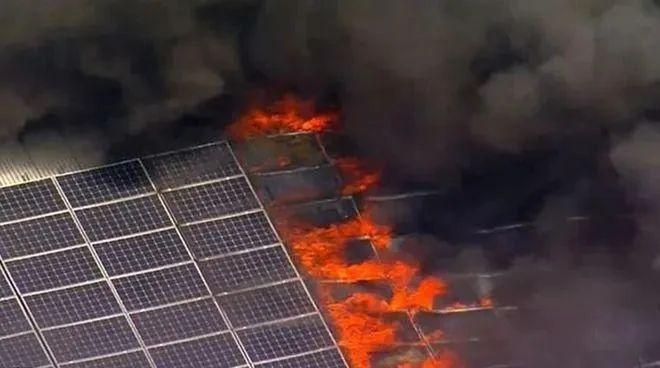
Notably, firefighters are required to disconnect PV arrays from the main grid within 30 minutes, but the involved warehouses allegedly lacked proper rapid shutdown devices. Such incidents not only result in local losses but have also prompted governments worldwide to reinforce PV system safety regulations. While some countries have mandated DC arc-fault circuit interrupters (AFCIs) to mitigate fire risks, advanced solutions like PV optimizers offer broader protection.
What Is a PV Optimizer/Shutdown Device?
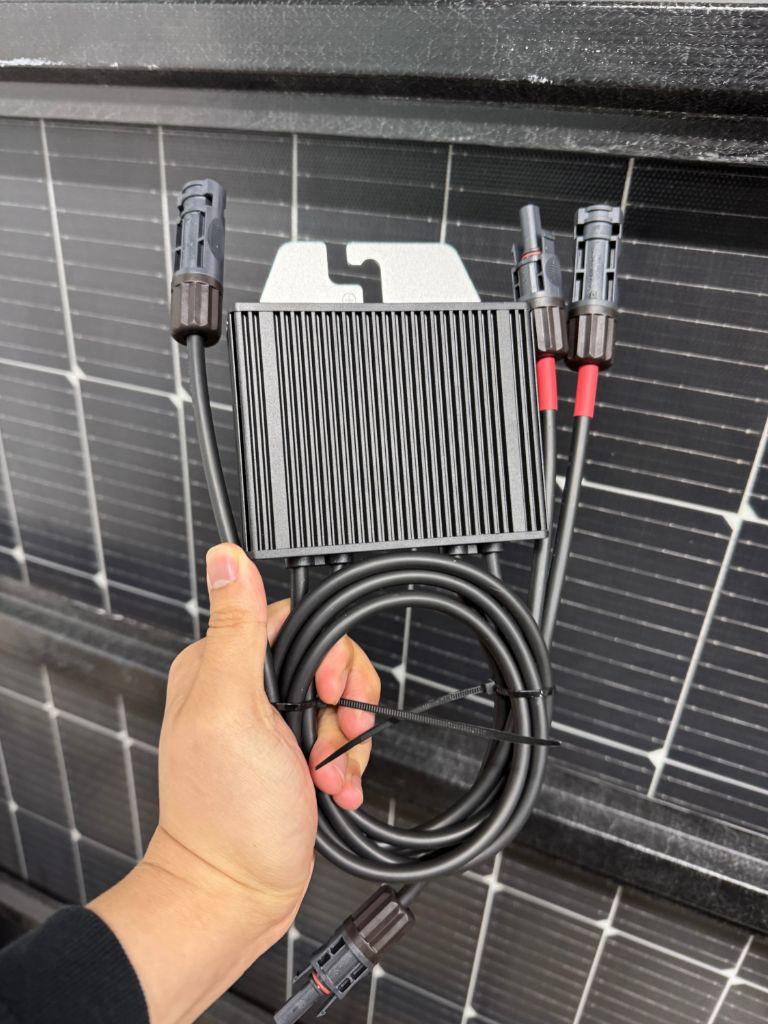
A power optimizer is a module-level power electronic device with DC input and output. Each solar panel is paired with an optimizer featuring maximum power point tracking (MPPT). These devices adjust low current to high current based on series circuit requirements, then connect optimized outputs to combiner boxes or inverters. This enables module-level control, resolving power mismatches and losses caused by shading, varying roof orientations, or other factors.
Fire Prevention: Critical Safety Functions
PV strings typically operate at 600V–1000V. Over time, corroded insulation exposes wiring, raising risks of DC arcing, faults, and fires. During a fire, panels continue generating high-voltage DC as long as sunlight exists, making firefighting hazardous and limiting intervention to remote containment.
Installing PV optimizers—for new or existing systems—enhances safety and stability while reducing property damage:
Rapid Shutdown
Remotely or manually deactivate connections between panels within 30 seconds, either halting operation or reducing voltage below 30V within 30 cm of the array. This eliminates high-voltage DC hazards, addressing "rescue risks" for firefighters.

String Disconnect Protection
For distributed PV systems (e.g., near highways or rivers), optimizers automatically shut down entire strings within 5 seconds if a fault (e.g., broken wires from accidents) is detected, preventing escalation.
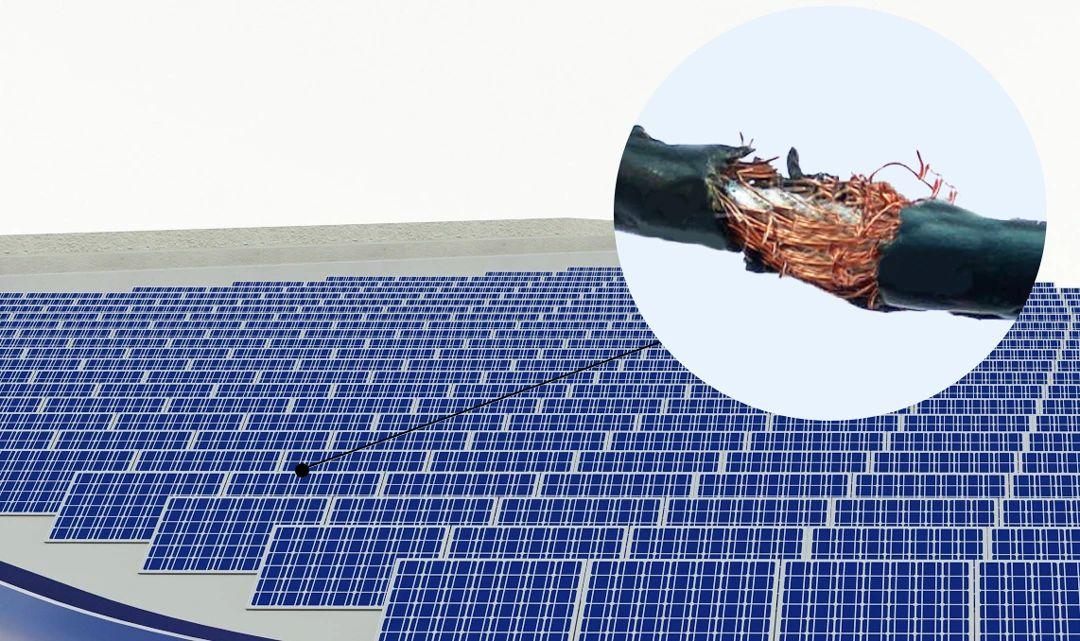
Arc Fault Protection
Integrated arc detection instantly suppresses DC arcs, safeguarding lives and assets.
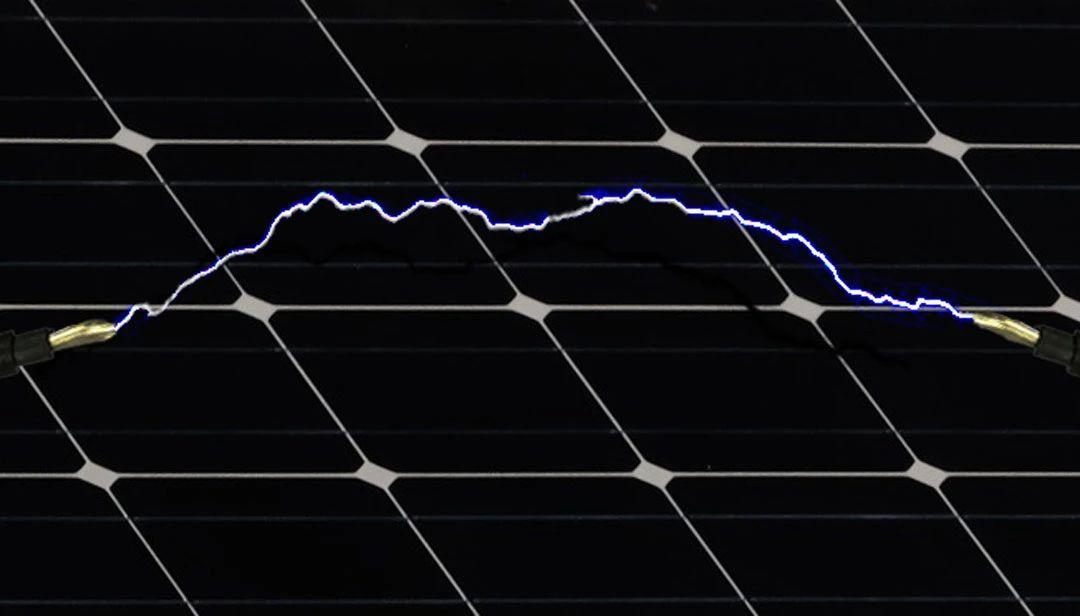
Real-Time Monitoring
Track voltage, current, energy yield, operating points, and temperature. Data snapshots are uploaded for remote analysis, historical review, and performance optimization.
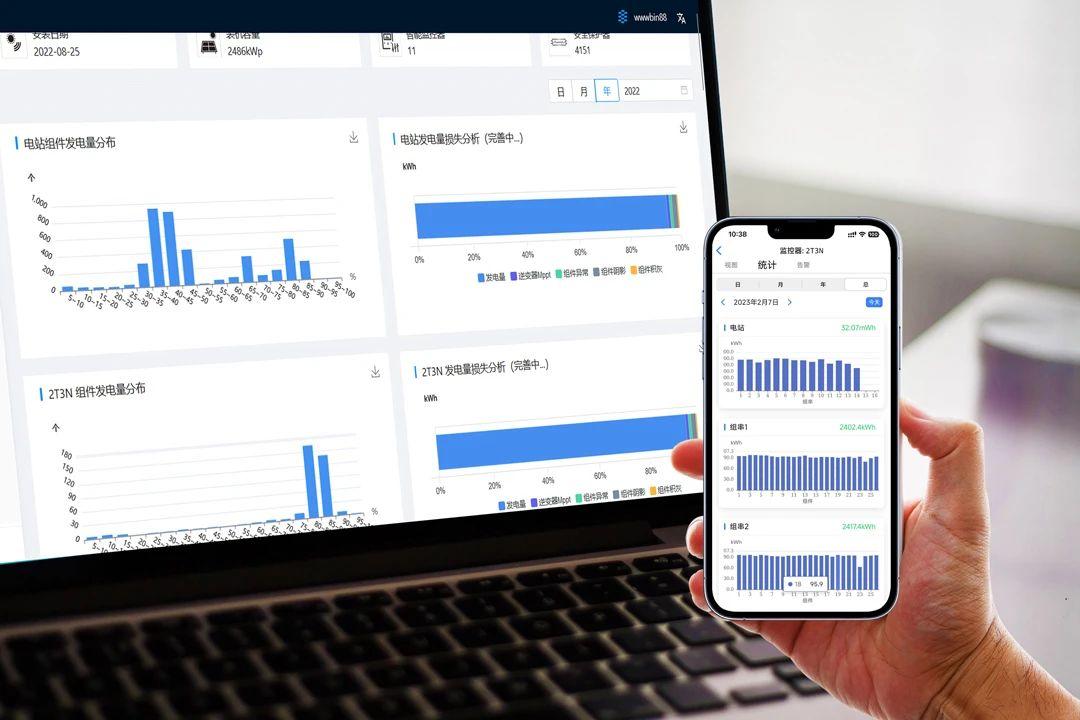
Revitalizing Aging PV Plants
Older rooftop systems often use string inverters, which suffer from the "bucket effect": shading or degradation of one panel drags down the entire string’s output. Inconsistent panel aging and hot spots further reduce efficiency, causing annual energy declines.

Optimizers, installed per module, independently adjust voltage and current to neutralize this effect, reclaiming lost energy.
Maximizing Rooftop Potential
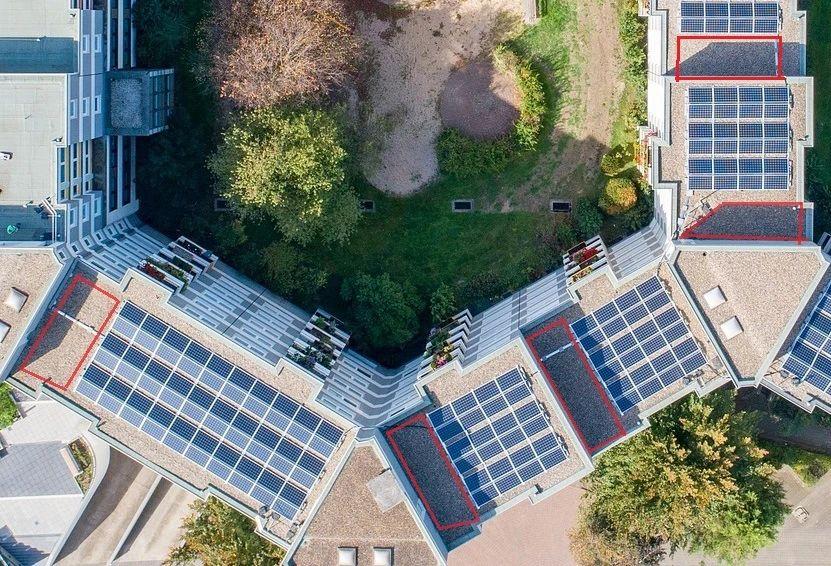
Shading often forces suboptimal panel layouts, cutting into ROI. Optimizers unlock 40%+ more rooftop space by overcoming design constraints, boosting cost-per-watt efficiency. They also mitigate environmental challenges like soiling and uneven sunlight exposure.